The Article
AUDIO-TECHNICA AT-LP3 TURNTABLE: A FAMILIAR FACE?
30th July 2017
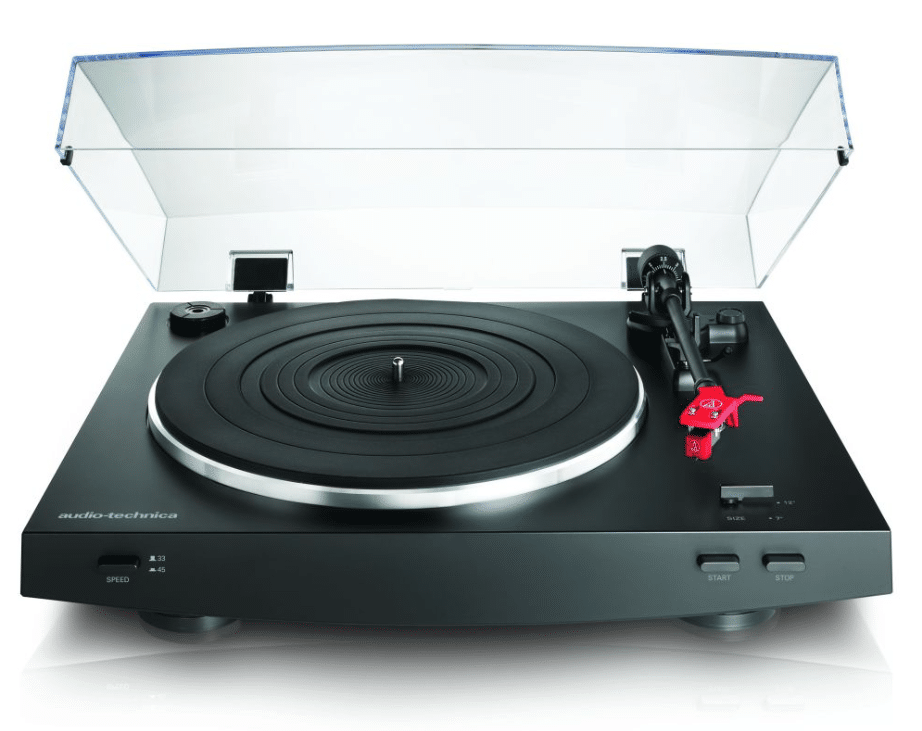
Looking for a sub-budget turntable offering automatic play? Paul Rigby might have the very thing for you as you reviews the Audio-Technica AT-LP3
There is a steady stream of very (very) low cost turntables hitting the market. Many of them are sold via colour supplements and the window displays of High Street music shops such as (and God forgive them for their sins) HMV. They include a host of brand names such as Crosley, Ion, GPO plus other, equally dodgy, monickers that ‘do a Bose’. That is, they invest a far higher percentage of the product budget on marketing and aesthetics than actual sonic qualities of their products. All of these products threaten to damage your vinyl, principally because of poor build quality. Unlike many journalists out there, I’ve actually reviewed one or two of them, so I know the horror first hand.
There is another band of turntables out there that hold a higher asking price but that still retain a value for money position, pricing their decks at below the standard budget limit (and by that I would suggest that figure being below £200). These ‘sub-budget’ turntables are variable in quality. I’ve reviewed two of them so far: the Dual MTR-75, which was a bit of a mixed bag in terms of build and sonic qualities as well as the Lenco L-3808, which I found to be superb in terms of sound quality from its direct drive. All of these products are built in China, it’s currently the only way to keep costs down below the £200 mark.
This new turntable from Audio-Technica is of the same breed, also built in China and just qualifies for sub-budget status by a single pound.
The belt-driven, two-speed, LP3 is a full automatic turntable, meaning that you can operate the deck without having to touch the arm during play.
The turntable arrives with an AT91R cartridge (set at a 2g downforce) plus lightweight aluminium alloy tube cantilever (a replacement stylus will cost £18), within an attractively red, SME-type, AT-HS3 removable head shell featuring a built-in finger lift. The cartridge is fitted with a conical stylus which means that detail extraction will be compromised a touch from the off. Anyone buying this turntable will be recommended to buy a replacement with an elliptical stylus for an enhanced performance. The cartridge is fitted to a straight tonearm that features a rest for the tonearm but no safety catch in case of accidental knocks. A poor design decision because beginners can be a little clumsy.
The turntable features a built-in phono amplifier. Any phono amplifier is essential to amplify the tiny signals produced by the cartridge. A basic hi-fi amplifier can’t handle the job and so the specialist phono amplifier is asked to complete the task. Once the phono amplifier produces a louder signal, it then passes that to the main amplifier.
A built-in model can be useful for three reasons. Firstly, not all integrated amplifiers include a phono amplifier. In this scenario, you would have to buy one so Audio Technica save you the job in this case. Next, not everyone wants to use a standard hi-fi set-up. With this turntable, you can easily plug the turntable into powered speakers (that includes the amplifier actually within the speaker cabinets). This configuration is ideal for those lacking in space. Lastly, of course, the giveaway phono amplifier is great for those on a very tight budget.
Of course, the Audio Technica phono amplifier is part of the build budget for this turntable and, hence, will be limited in terms of sonic quality. As soon as you can buy yourself a separate, external unit, do so. Internally fitted phono amplifiers also produce electrical noise which hampers sound quality. External models don’t infect a turntable in the same way.
As well as a hinged lid, this turntable also includes a separate switch to allow the operation of a moving magnet cartridge or moving coil cartridge within the turntable. Moving Magnet cartridges are normally cheaper and (there are exceptions) simpler in terms of technology and build. The supplied AT91R is Moving Magnet, for example. Moving Coil cartridges are normally found in relatively high end turntables and are far more expensive to buy (you can buy low cost variants but models actually worth purchasing cost around £250 and upwards). These sensitive cartridges demand high tolerances from their host turntables to be able to perform at their designed level so why on earth this option has been provided within this particular sub-budget turntable is anyone’s guess and confuses the hell out of me. Any user of this turntable should only use a Moving Magnet. Avoid using any and all Moving Coils in the LP3. Such a cartridge will work, if you’re stubborn enough to want to try, but you will not hear the benefits and, even if you do hear some improvements, then the majority of those benefits will be lost to the LP3. Hence, purchasing an MC cartridge for the LP3 doesn’t make economic sense.
Other features include a damped arm lift, die cast aluminium platter, 4.5mm rubber platter mat and an all in weight of 5.2kg.
The front of the plinth provides the On and Off buttons plus Power button. On top of the plinth is the 7” and 12” disc selector for the automatic operation. Around the back is the MM/MC switch, phono or line switch plus RCA sockets and a figure of eight power chord plugging to the built-in power supply. The power block is fitted to the plinth underside. Not a great place, I have to admit, as vibrations from it will infect the delicate cartridge, hampering sound quality.
OK, ok, I’ve delayed the unmasking until now but those of you with eagle eyes will have formed a double take when looking at the LP3 because it is almost exactly like the Dual MTR-75. In fact, the only differences are the cartridge, restyled control buttons on the front, no USB port (as seen on the Dual) and the inclusion of that dreaded MC/MM switch instead along with a slightly different platter mat. The overall build quality feels similarly plastic-like but the Audio Technica has a rather more solid feel to it. It’s actually a lot heavier than the Dual by over 1kg. Audio Technica does report that its turntable features extra damping and so I assume that it is the reason for the extra weight.
SOUND QUALITY
I began by playing the Connie Francis original pressing Sings Bacharach and David (MGM) from 1968. The lady herself sings in front of a full orchestra.
I began the test with the LP3 pushing music through its internal phono amplifier. This configuration is ok and perfectly usable and, as such, will get any analogue fan underway in terms of playing vinyl. In critical terms, though, sound was a little indistinct and muffled at the bottom end with a rolled off suite of upper frequencies that hampered detail. As a money saving option, the built-in unit is acceptable and will produce an admirable sound for the price but an upgrade to an external unit is top priority.
Moving on in such a configuration, using an external phono amp and beginning with the lead vocal, despite a bright tone that hung around the various crescendos, Francis did provide lots of energy and vigour and a sense of passion in terms of her delivery. The treble-infused cymbal taps that sat right next to her in the centre of the stereo image were similar unfocused, providing smearing to the upper frequencies. That said, the cymbals were big and bold and were never masked by other frequencies, Audio Technica’s damping application may have helped here.
Although the brass section wasn’t the smoothest I’ve ever heard and strings never really flowed as they should, the orchestra did offer a grand and rather epic staging that provided Francis with a large canvas to paint her words.
The piano was similarly lacking in precision but did offer a sense of musicality. It was always interesting and leant an added atmosphere to the music.
Bass, meanwhile was rather blurry and boomy but it could have been a lot worse. The above-mentioned damping did help in terms of stability which provided a measure of lower frequency control, driving the song steadily along.
Next was a more contemporary pressing and the high energy sounds of Die Werkpiloten via Germany’s Vinyl on Demand label from 2012.
Via this high energy, drum-centric song, the blooming bass and smearing midrange held slightly less sway and importance. The evident musicality of the LP3 rose to a prominence here, allowing the ear to just enjoy the performance and the passion behind the presentation. Yes, the bass guitar was a little masked within the mix and some of the shy synth lines were not picked out particularly but the overall nature of the music was one of emotion and spirit. This was particularly noted from the lead vocal. OK, his voice lacked a sense of subtly and texture but he did throw himself into the song with a robust sense of vitality.
CONCLUSION
Although there are sonic issues, this low cost turntable provides a wealth of features and, in sub-budget terms, is put together fairly well. The Moving Coil option is a puzzle and there’s no USB option but the automatic play system works perfectly every time and the internal phono amplifier could be a life saver to those users on a budget. More importantly, it’s a valid and recommended choice when you compare it to the Crosleys and Ions of this world. For any beginner to the world of vinyl, the Audio Technica AT-LP3 is a steady front end for any sub-budget hi-fi system.
AUDIO-TECHNICA AT-LP3 TURNTABLE
Price: £199
Website: eu.audio-technica.com
TO BUY CLICK BELOW:
USA – https://amzn.to/3kLtU9o
EUROPE – https://amzn.to/324YaF2
GOOD: automatic play, easy to use, free phono amp, value for money, musicality
BAD: no tonearm safety latch, pointless moving coil option, bright upper mids, smeary treble. bass lacks detail
RATING: 6
REFERENCE
Lenco L-3808 turntable
Trichord Dino phono amplifier
Rega Brio-R amplifier
Spendor S3/5R speakers
Tellurium Q cabling
Harmonic Resolution Systems Noise Reduction Components
All vinyl was cleaned using an Audio Desk’s Ultrasonic Pro Vinyl Cleaner

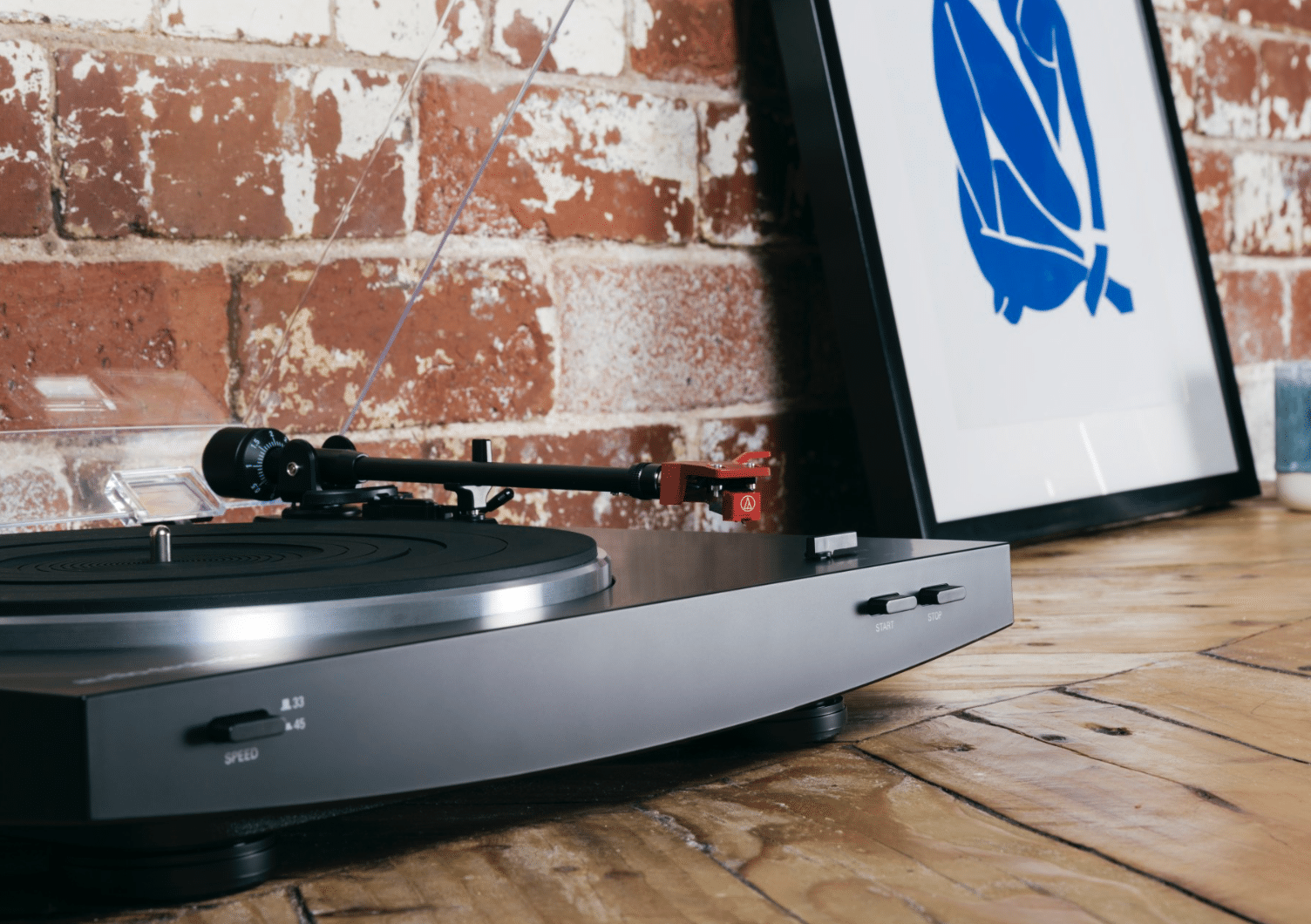
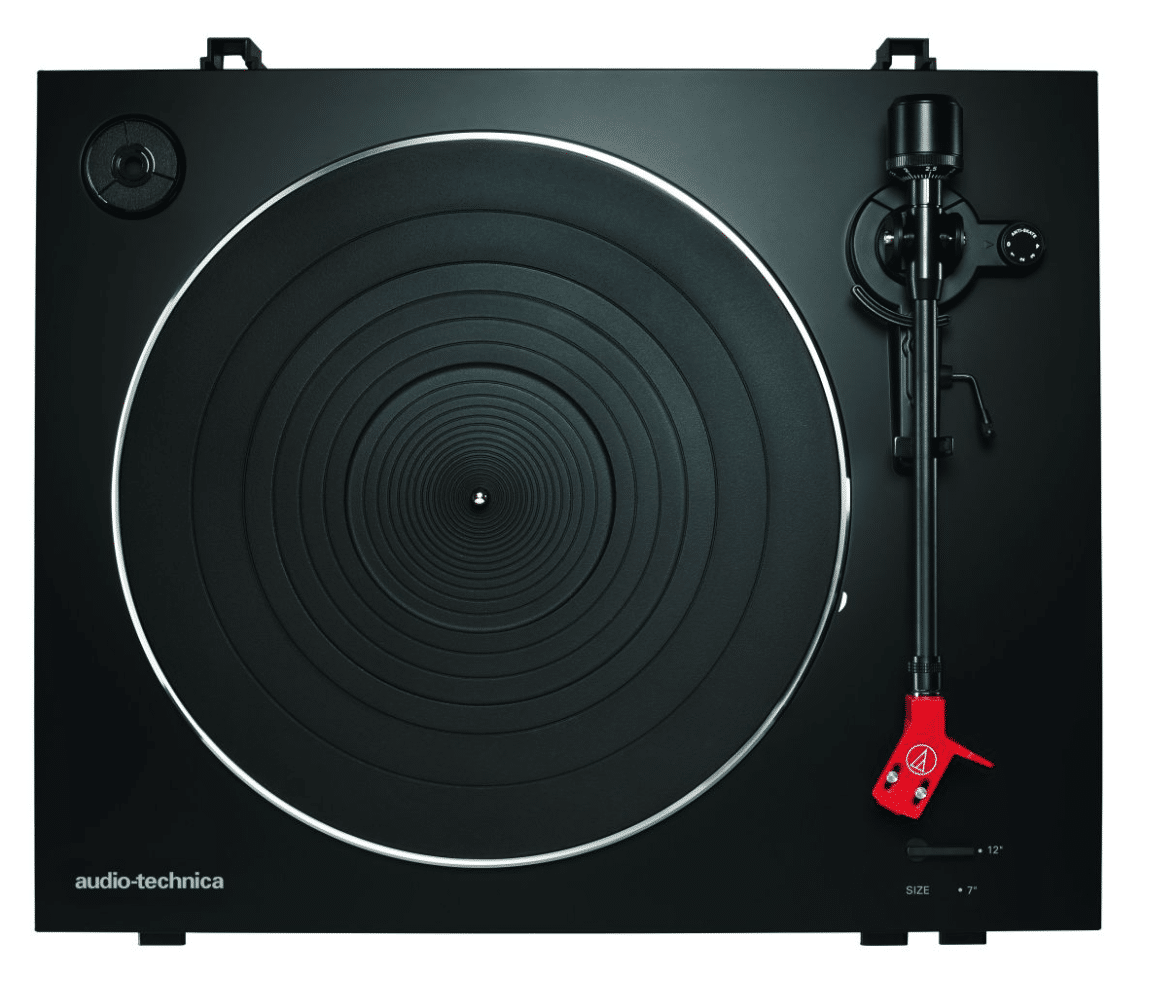
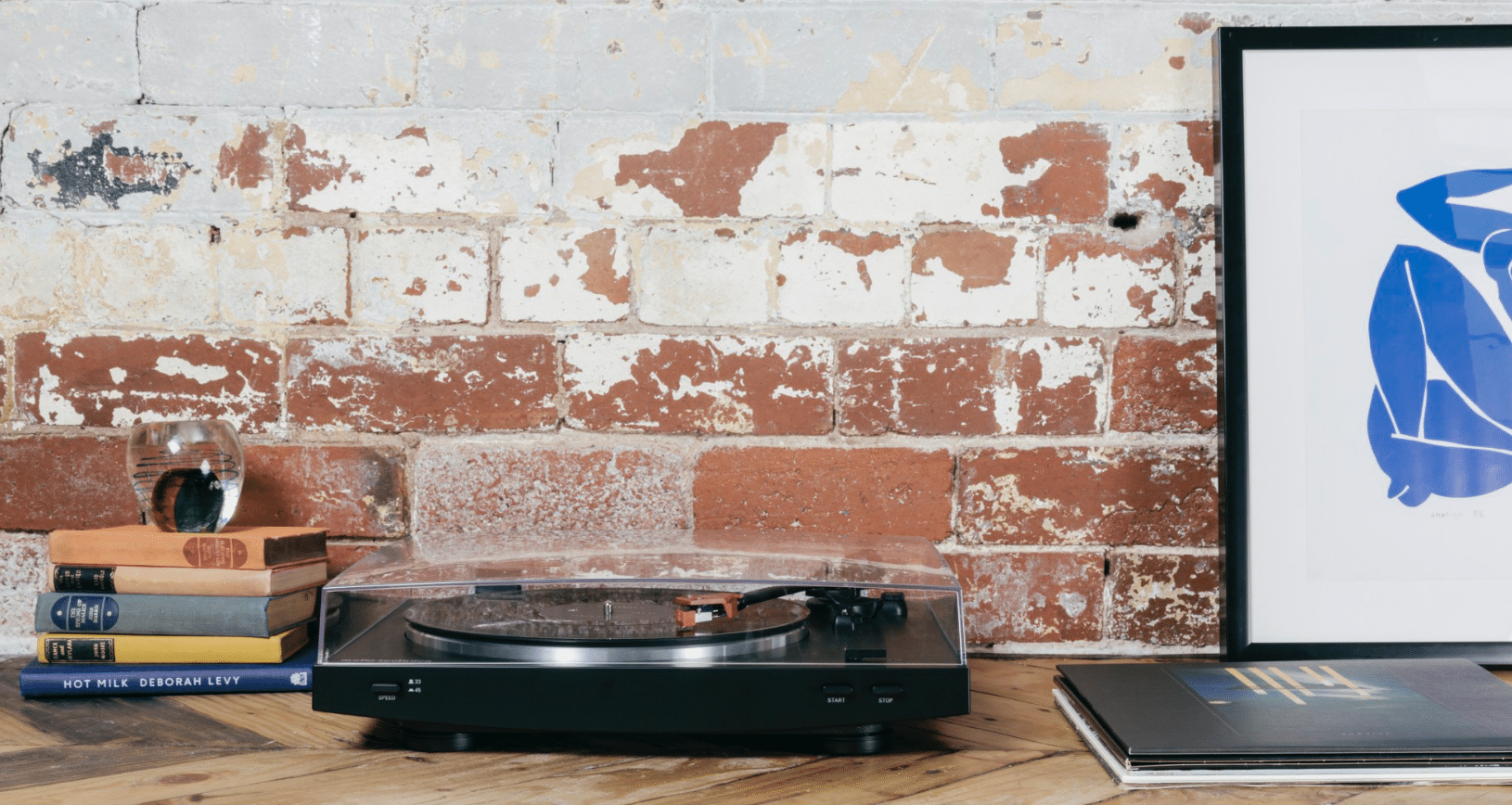
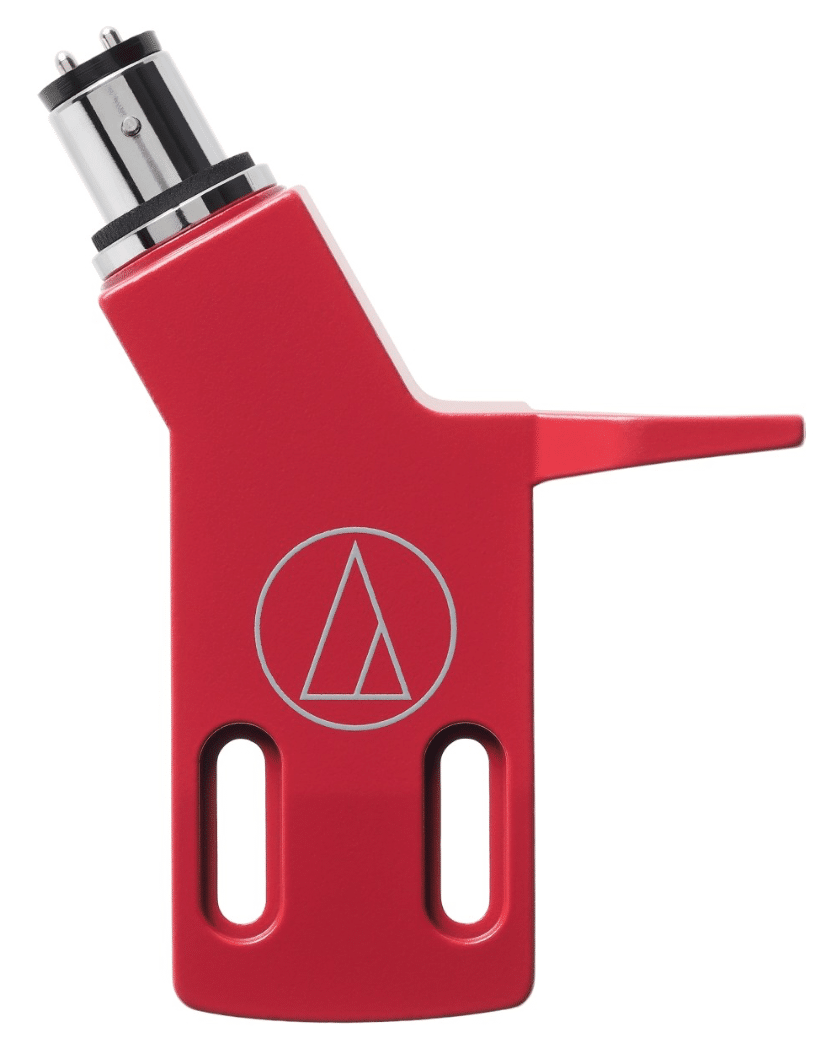
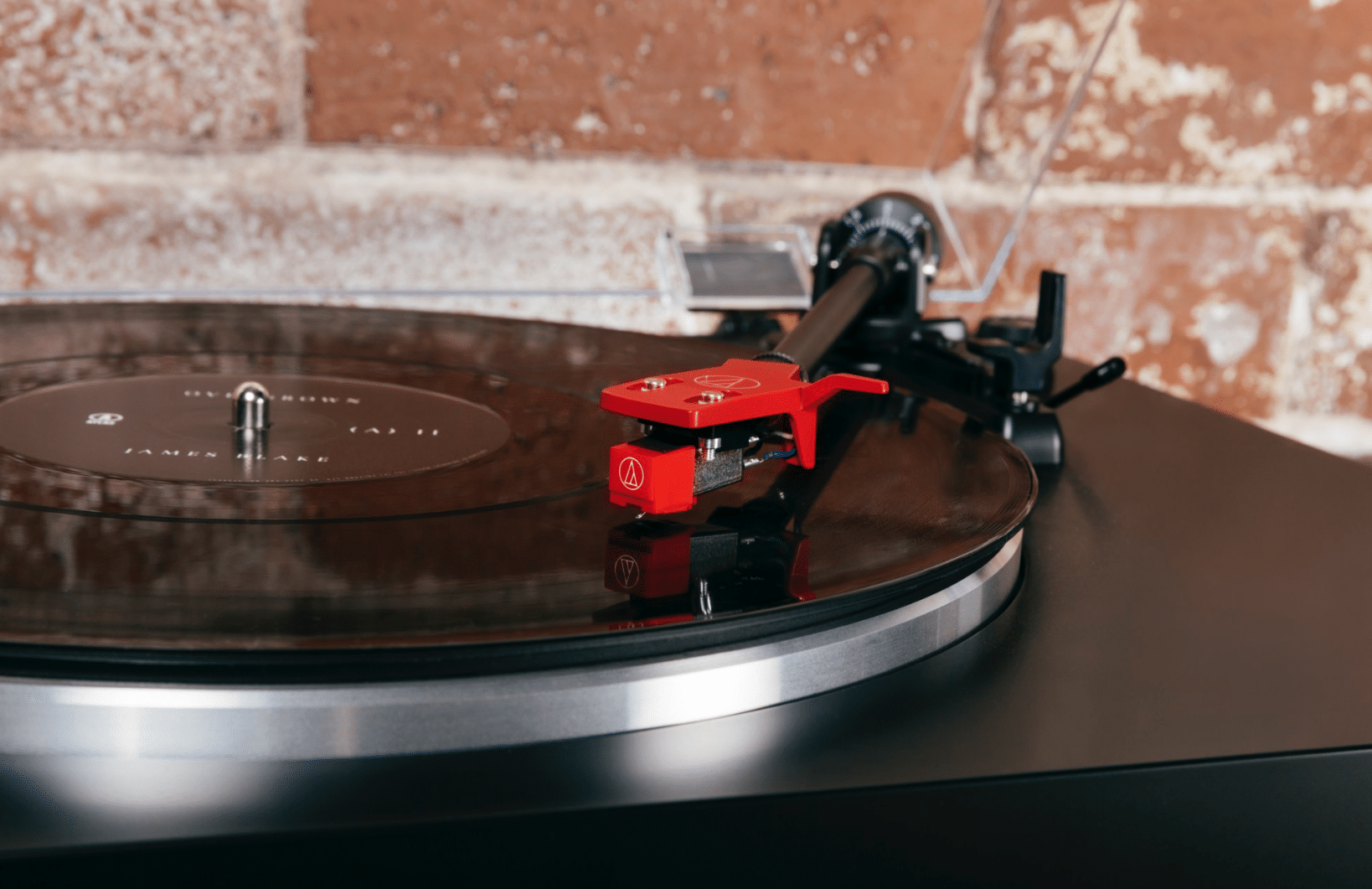
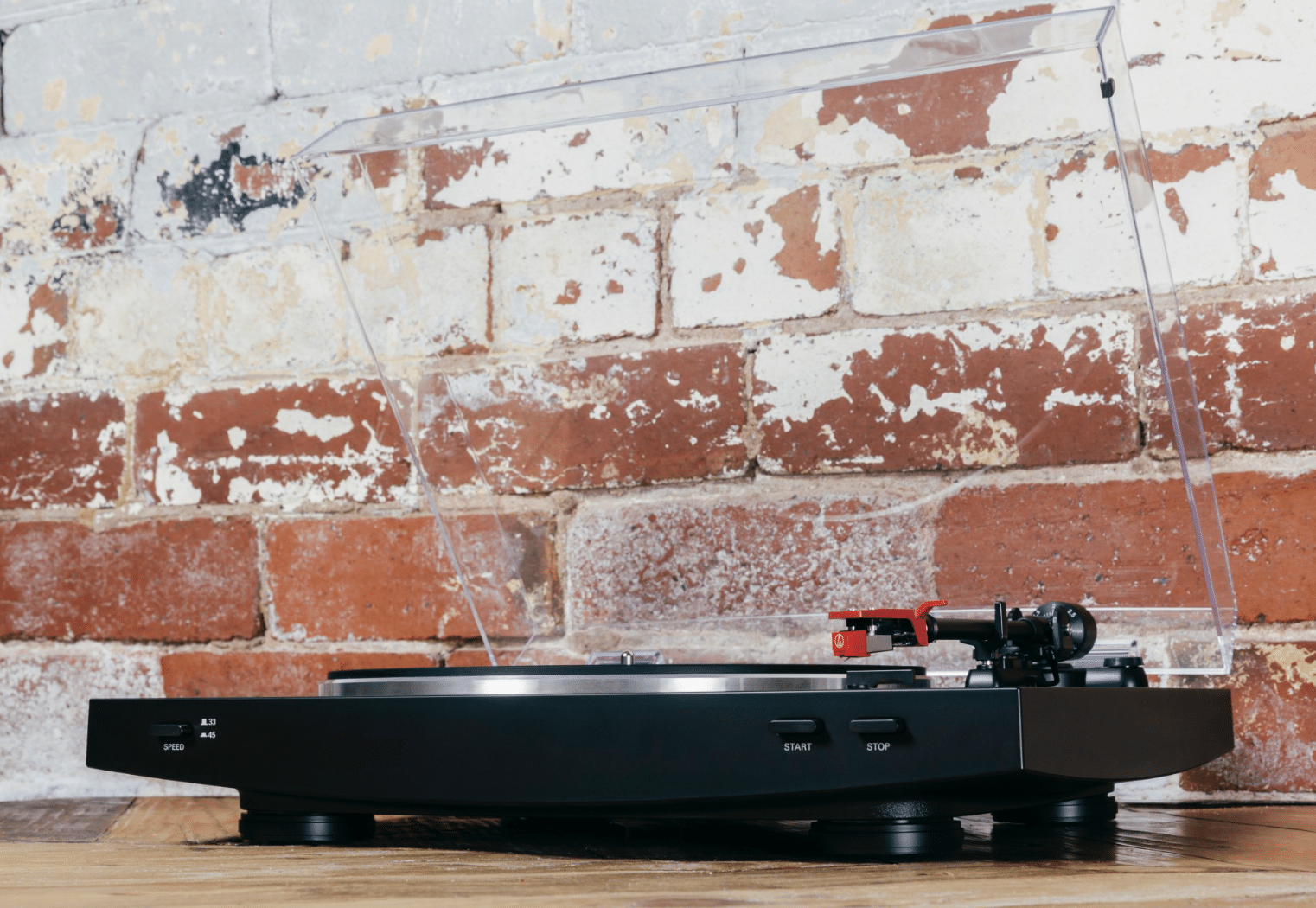
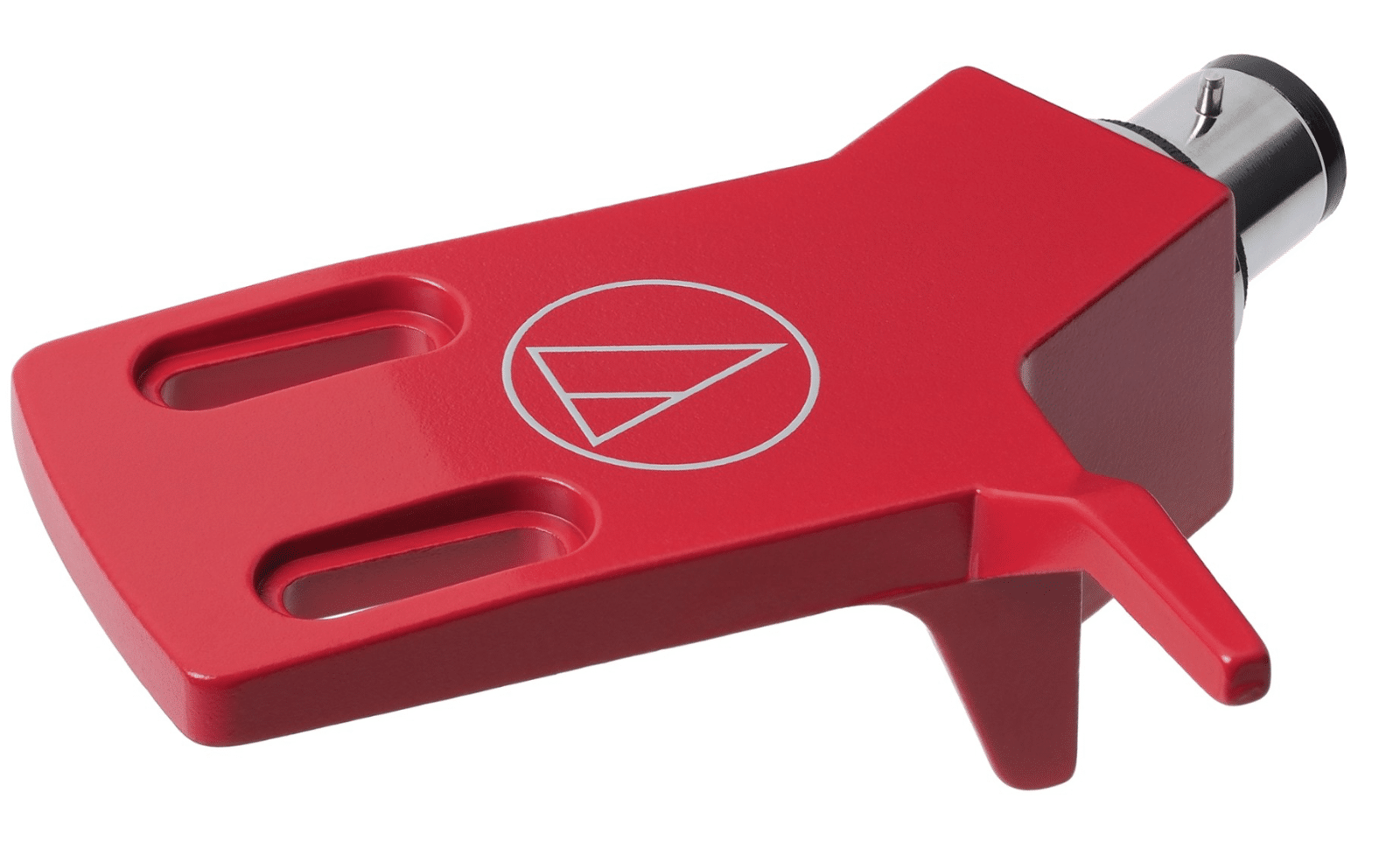
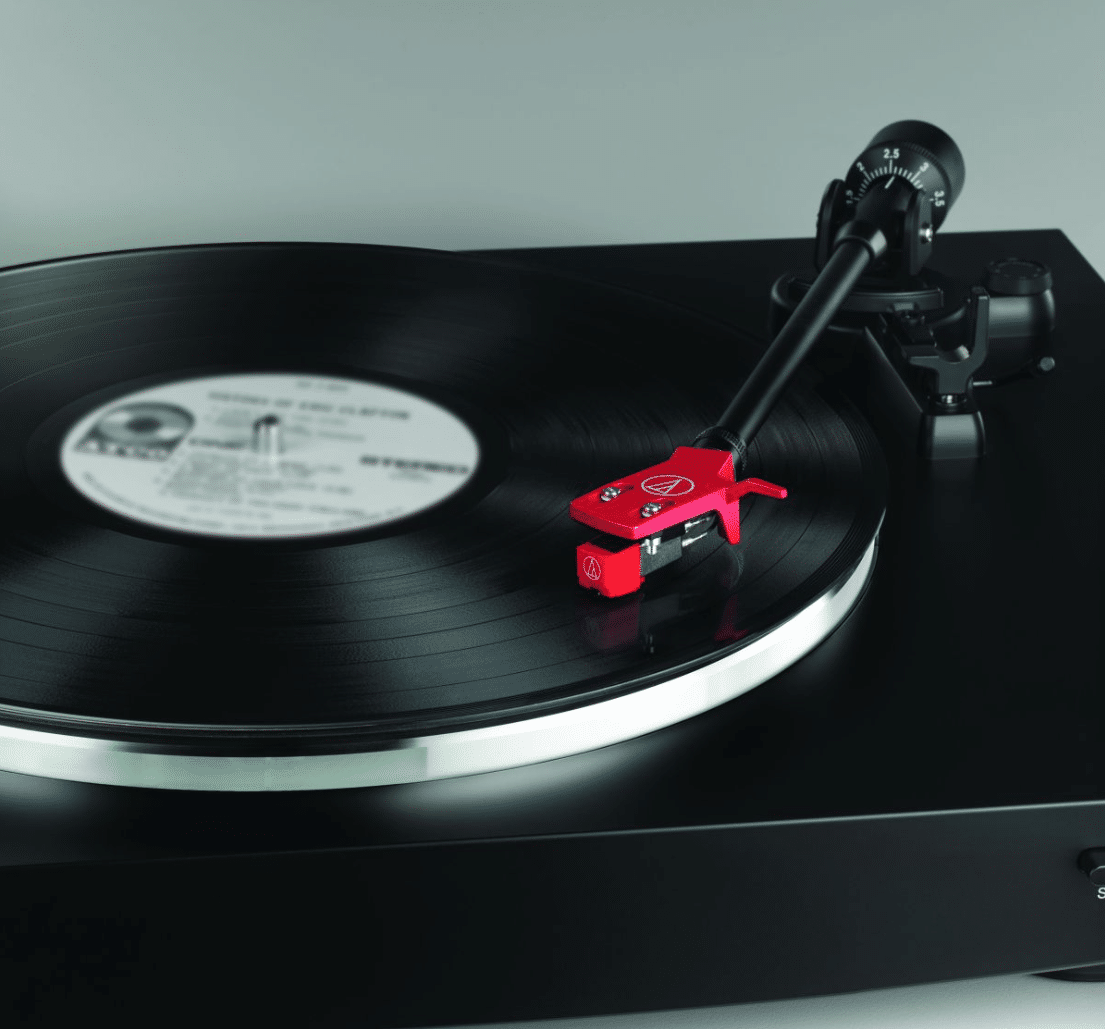

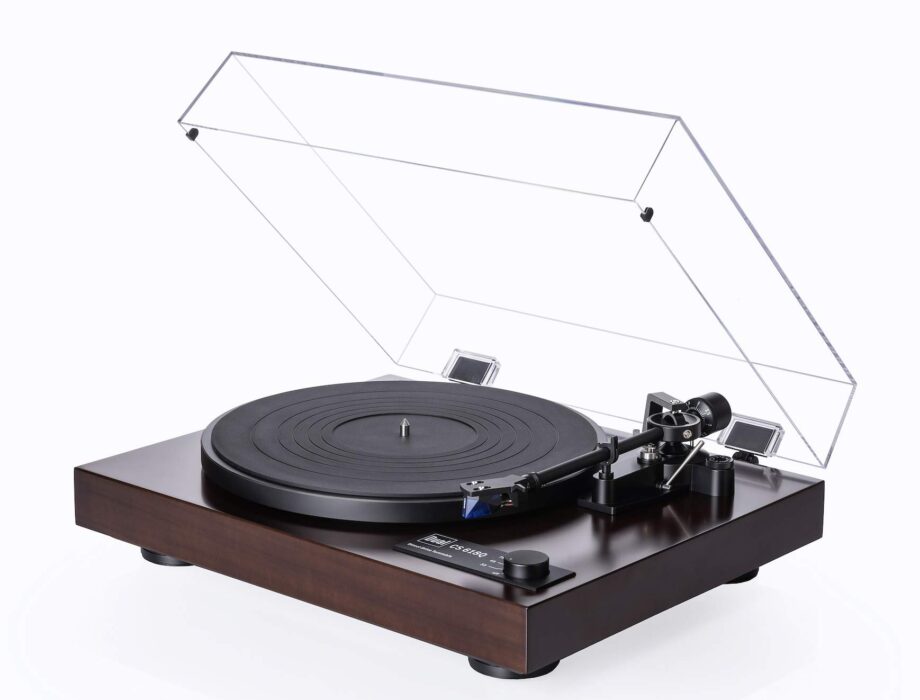
Hello! thanks for your reply and for the information. I do have issues with space, as I live in a studio flat, so i’m probably looking at a small set up that could fit on a side board. I have quite a tight budget and wasn’t looking to spend more than ¬£300 for now, but i am willing to upgrade to a better set up in the future.
In that case, take a look at these powered speakers: https://www.amazon.co.uk/Steljes-Subwoofer-Compatible-Bluetooth-wirelessly/dp/B077YLLHQH/ref=sr_1_3?crid=2W4RUMBPHAAD0&dchild=1&keywords=stejles speakers&qid=1614171708&sprefix=stej,aps,196&sr=8-3
Or these: https://theaudiophileman.com/yu4-powered-speakers-review-kanto/
Hello Paul. I was wondering whether you could provide any input on the Project Phono Box E. I saw that you suggested it to other users to pair with the LP3, but I can’t seem to find any definitive reviews on it. I understand that it is the budget option of phono pre amps but does it really improve sound quality over the internal preamp at that price range compared to higher end external pre amps that I assume you tested the LP3 with?
For reference, I am using the LP3 with a pair of powered speakers, Edifier 1280T. I am quite pleased overall but I can hear some distortion at times. Not sure if it’s from the internal preamp or the record itself though. Do you think that the Project Phono Box E would improve the sound quality here?
Hi Dimitris – it offers good performance for the price. The fact that it’s external, on its own, helps too. Lowering high-frequency noise and micro vibrations. It also balances well with the LP3. I could suggest bigger and better phono amps but the turntable would become the bottleneck in performance terms.
Further sonic improvements can be had from superior powered speakers or – if you have the space and better still – a separate amp and passive speakers.
Thank you for the reply Paul! I think I will go with the budget budget external option then! Cheers!
Hi Paul,
I love this site and your reviews Рit’s invaluable to me as someone new to hifi. I’ve found an LP3 second hand for £65 which I think is a great deal. However I’m also really tempted by the rega planar 1, which second hand is probably more like £150-200. I have an overall budget of around £400 (possibly stretching to £500) and need everything Рturntable, phono, amp, speakers, cables. I’m happy to get everything second hand on eBay etc. What would you recommend for each component that (a) is the best I can get and (b) will allow me to sequentially upgrade as an when I’m in funds?
Thanks so much!!
Hi Chris – thanks for your kind words. Because you’re looking at second hand, that’s a ‘how long is a piece of string’ question. Prices will vary wildly with age and condition and the seller and how desperate they are to get rid. The source is the most important so sure, the Rega is a good start. I would normally go for a separate phono amp but, because of the budget, I’d look for an amp with a built-in phono amp. Which amp? Cambridge as a brand might be a good point of search. Maybe Q Acoustic 3020 speakers (not 3020i, they are more expensive, the original 3020 model). Let me know how you get on. QED cables are recommended to hook everything up.
Paul,
Thanks for your quick and helpful reply! Agreed Рit’s a a how long is a piece of string question. I think patience is the key (something I’m not good at) as I wait for the right price. I’ll let you know how I get on.
Chris
Hi Paul, great job.
I have this turntable with an AT-VM95ML, a Klipsch R-28F-II speakers, a IFI Audio ZEN Phono and a yamaha HTR-5230RDS amp.
Sounds good enough for me, but sometimes the right channel doesn’t sound.
Do you know what could happen?
Best regards
Roberto
There could be a host of reasons for that Robert. It’s tough to diagnose the issue at this distance but I would try to isolate the problem. The obvious target is loose connection, dry joint, broken wiring, that kind of thing. Swop the speakers over to see if the issue moves with the speakers, plug the components into different amp inputs, swop the black and red channels on the cabling, check out the connections from the rear of the cart to the arm, if you have another turntable, phono amp, speakers, etc, swop those into the HiFi chain to see if that solves the problem. And so on. Until you suddenly find that you can isolate the issue. Once found then you will know if the issue can be solved by buying new cables, say. Or a repair might be in order of a component.
The problem was in the cartridge. I change the whole cartridge and now sounds great